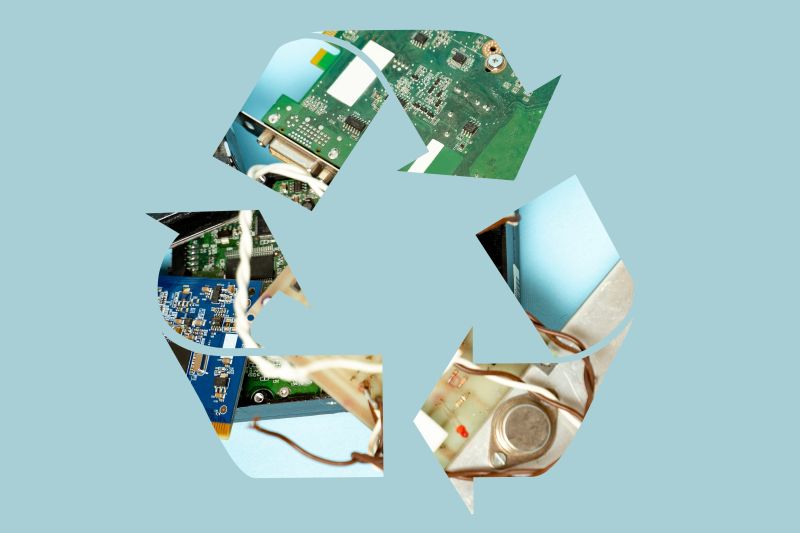by Gavin Miller, CEO, Asurion Europe

Currently, the UK generates the second-highest amount of e-waste per person in the world. The majority of this is smaller items, including laptops, smartphone, printers and office equipment, often sent straight to landfill. As a result, rare earth metals such as lithium, tungsten and manganese are being wasted when they could be recycled and reused to create green energy solutions such as solar panels and wind turbines, amongst other products.
With regards to producers of electronics, the UK government’s Waste Electronic and Electrical Equipment (WEEE) Regulations are quite clear, ensuring that those who place more than five tonnes of electrical equipment onto the market each year are responsible for the cost of collection, treatment, recovery, and recycling once those materials become waste.
Both the European Commission’s ‘right to repair’ legislation and the UK equivalent, ‘The Ecodesign for Energy-Related Products and Energy Information Regulations 2021’, are also placing a level of responsibility on sellers of consumer electronics to provide the parts needed for repairs for up to ten years after their sale.
But what are the responsibilities on businesses who consumer electronic products? And how can those tasked with evaluating and modifying energy management practices nudge colleagues or customers to do more?
Audit electronics & device lifespans
If the average UK household has squirrelled away around 20 items of unused tech and enough cable to circle the earth five times, the potential for unused tech to fall through the cracks is far greater than ever before. Workers are spread in a more disparate way thanks to hybrid office working and tech may well be forgotten both in the home and at business locations.
There are several ways to get a handle on e-waste, beginning with an audit of the resources and where they are in their lifecycle. Just because one laptop or mobile phone seems to have reached the end of its useful life, does not mean that all employees’ gadgets will age at the same rate. It will be important to ensure that they are all maintained well, though, preferably by one centralised organisation.
Strategise to extend device life
Gone are the days when popping along the corridor to IT was an option. Many organisations now employ a remote provider who can log in and check the health of laptops and other tech using intelligent diagnostics tools in the first instance, to save the expense and time involved with taking gadgets to a repairer.
Employees should also be encouraged to use approved charger wires and other accessories, as using inferior products can negatively affect the charge on mobile phones, for example. With battery failure being one of the top issues with mobile phones, there are now apps available that allow users to track the health of the battery and figure out how best to preserve it, as well as anticipating when it will need to be replaced.
Specialist tech support and insurance could also help to extend the lifetime of products like phones and laptops. A report from Asurion Europe estimates that UK consumers could be saving over £18.8 billion by extending device life for an additional year by taking out a tech protection policy and remembering to trade in their devices at the end of that year. As well as this financial saving, the environmental benefit of delaying the manufacture of a replacement device by a year could equate to an average saving of 99kg of CO2e per person. That scales up to over 4.5 million tonnes of C02e across the UK as a whole, and equivalent to 0.9% of the UK’s total greenhouse gas emissions.
Save unwanted devices from landfill
Finally, if your products have reached the end-of-life stage or are simply not needed any more, you could collect and recycle e-waste via an amnesty – so that colleagues who are visiting offices or places of work can drop off their unwanted items with no blame attached. One responsible person could commit to taking and recycling anything brought in by employees or customers to an officially designated site, which can be found using Recycle Your Electricals.
Alternatively, trade-in services through retail, tech and recycling firms offer a viable alternative to Household Waste Recycling Centres as a way of getting rid of old devices responsibly, and many charities provide mailing envelopes and labels for the return of unwanted products. There are also charitable organisations willing to accept monitors and laptops for redistribution or recycling, so checking all options before getting rid of old goods is definitely worthwhile. It’s important to recognise that any kind of reuse and recycling, enabling extension of device life, is better than allowing the product to go straight to landfill.



